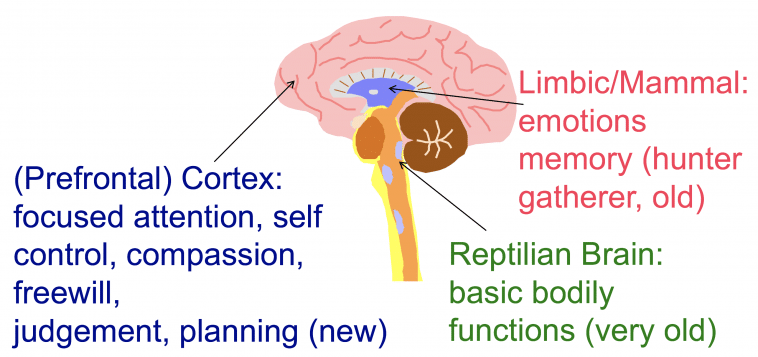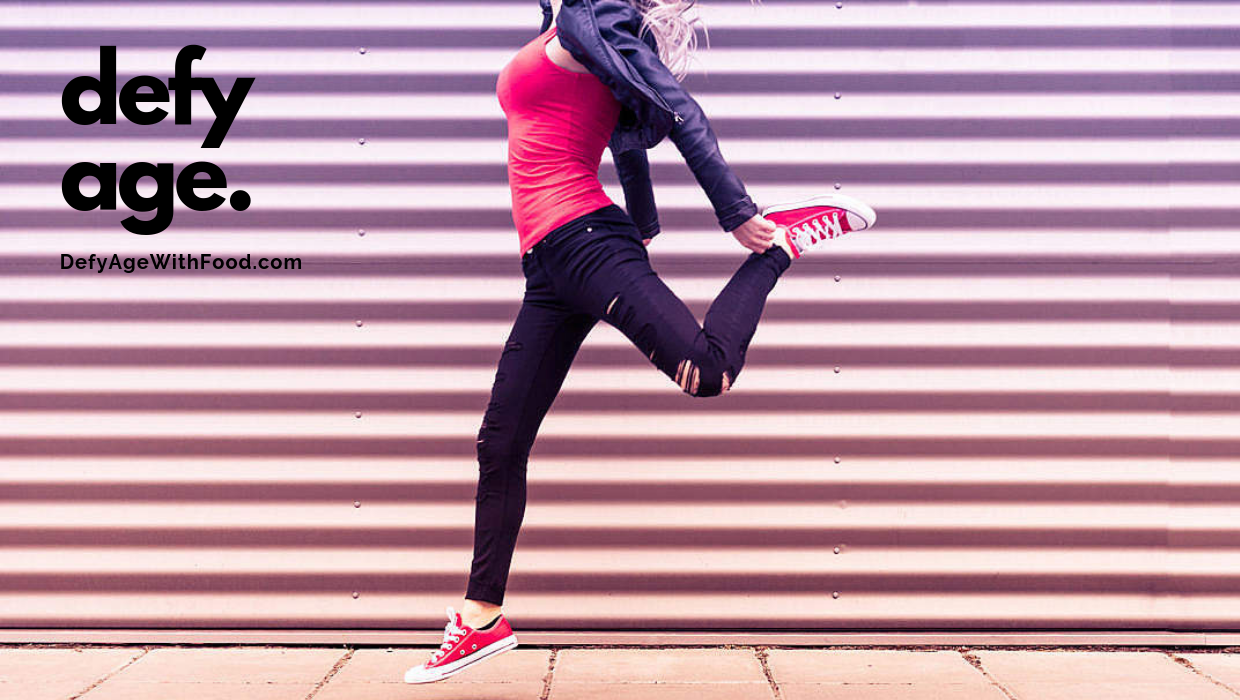Habits can be a challenge to change under normal circumstances and during these Covid stay at home months, it can feel impossible. Even if your neighborhood is allowing some activities, things are far from normal, creating added stress and anxiety.
Habits, like humans, are neither ‘good’ or ‘bad’, they’re just behaviors, they are not who you are. While some habits are helpful and others not so much, we aren’t stuck with any of them. One of the most amazing things about our brain is that we can, essentially, rewire it, it’s called neuroplasticity! In a 2017 peer reviewed article out of Montreal, I found one of the simplest definitions of neuroplasticity…
Neuroplasticity can be viewed as a general umbrella term that refers to the brain’s ability to modify, change, and adapt both structure and function throughout life and in response to experience. The full article can be found at: https://doi.org/10.3389/fpsyg.2017.01657
Habits get a bad rap, but they are simply routine behaviors that are meant to make life easier. For example, brushing your teeth is a habit, a regular fitness routine is a habit, so is tying your shoes. You certainly wouldn’t consider brushing your teeth twice a day a bad habit, it’s just a pattern of behavior with positive benefits.
Undesirable habits like nail biting, overspending, running late all the time or spending too much time on social media tend to create feelings of weakness, inferiority, low self esteem or low self image because you may not understand why you can’t, with simple willpower, just change them. You are not weak, you are simply stuck in a behavior pattern loop.
Take the next exit.
You’re probably wondering how to exit the loop and we’ll get to that, but first let’s look at how and why we create these patterns in the first place. In the image below, you will see the limbic area of the brain. The limbic system serves to make life easier by automating tasks like driving your car or brushing your teeth, any activity that is repetitive. Think of it like you on autopilot! By storing these behaviors, you don’t have to re-learn how to tie your shoes every time you put them on!
The pre-frontal cortex, right behind your forehead, is the area that helps you conquer new problems, events and situations. The cortex is where you make decisions as they are presented to you. When you try to use simple willpower when an emotional trigger shows up, autopilot often overrides willpower. For example if you bite your nails under stress & try just willpower to stop, you bite them anyway. Why? Because your limbic system has reminded you that this is your go to response to stress and relief from stress feels good.

To make lasting change, it’s important to note that you begin replacing the behavior with something more desirable to you. Each time you tap into the new behavior, it rewires the pattern loop and reinforces future triggers will be soothed by the new desirable behavior. Think of it like nutrition, what you eat today determines how you look and feel in the coming days.
Here are some easy steps to replace a habit:
- Short circuit the circuit. By becoming aware of what has triggered your automated response, you can consciously decide to use your new preferred response. Mindfulness is the key. When you feel the feeling, stop and get curious about what has just put you on edge. Know that you always have a choice in the way you cope with the unwanted feeling.
- Think replace not eliminate. It’s important to recognize what triggers your unwanted habit and choose a response that you prefer. If you just try to stop biting your nails when you’re stressed, it can be really hard because you no longer have a way to relieve the pain of the stress. You may consider replacing, in this example, biting your nails with deep breathing when you feel the wave of stress.
- Create a plan. The key to success when replacing an undesirable habits with a better choice is to plan ahead. By choosing an alternate behavior or coping mechanism BEFORE you’re triggered, it allows you to stop, take a breath and make the better choice. If you wait to try ‘not’ to do something when you’re in the heat of the moment, the limbic system takes over and defaults to the old behavior pattern.
As a Clinical Hypnotherapist, I see all kinds of responses to emotional triggers. Clients often come in believing that it will take 21 days, 90 days, or longer to eliminate & replace a bad habit because they’ve read or heard that somewhere. It’s important to note that, if your heartfelt belief is changing a habit takes 21 days, then the odds are that will be your result.
I have had clients stop years of nail biting, smoking or emotional eating in a very short amount of time, sometimes in one session. When you are ready to make a change, nothing can stop you. Just remember, your behavior patterns weren’t created overnight, so it may take a little time to rewire your brain, but it’s worth it!
Bobbi



